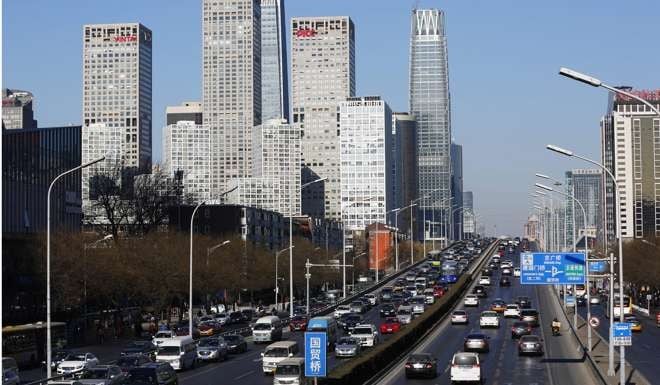
Divided opinions on China’s December data reflect 2017 uncertainty
Manufacturing and non manufacturing PMIs were solid at year end, but what comes next?
Mainland Chinese economic data for December was reasonably solid, suggesting the economy had a steady end to the year, but divisions among economists suggest further uncertainty ahead.
The official manufacturing PMI fell to 51.4 in December from 51.7 in November, but remained well above the threshold of 50 that separates expansion from contraction. Meanwhile the non-manufacturing PMI dropped from its two year high of 54.7 in November, but only as far as 54.5.
Se Yan, Standard Chartered Bank’s senior economist for China, offered up a positive reading of these figures in a research note. “The PMI readings suggest that growth momentum continued in December on strong domestic and foreign demand, a rising PPI and supportive policies,” he said.
Yang Zhao, chief China economist at Nomura, looked at it differently.
“[The] data suggests growth momentum moderated slightly in December,” he wrote in his report analysing December’s indicators. “Moreover, the quality of growth seems to have deteriorated further, as the official PMI for small enterprises fell further into contractionary territory,” Yang added.
Although evidence on growth slowdown has yet to surface, we don’t think there is much upside on growth in the near future
Helen Qiao, China economist at Bank of America Merrill Lynch, split the difference, saying that the data was fairly good, but it wouldn’t matter either way.
“Although evidence on growth slowdown has yet to surface, we don’t think there is much upside on growth in the near future,” she wrote.
The market will have to wait until January 20 when China releases its GDP figures, for both the fourth quarter of 2016 and the year as a whole, to see whose interpretation of the initial December figures matches best with the official data.
The difference is important as it has an effect on what happens next.
Yang, who believes that growth momentum slowed in December, said Nomura’s Monetary Policy Signal Index (MPSI) “suggests the economy is in need of policy easing”, though he added, “we believe any easing will be done in a low profile way”.
Qiao takes a different perspective. “Monetary policy will likely tilt towards the tightening side,” she wrote.
The divisions about the trajectory of the Chinese economy in December, and what policy steps ought to be taken, reflect the uncertainty about what will happen to the mainland economy in 2017. Both internal and external forces are contributing to this instability.
The most prominent external cause of concern is the arrival of President Donald Trump to the White House. During the election campaign Trump threatened to impose high tariffs on Chinese goods and since winning has announced the creation of the White House National Trade Council, which will be headed by Peter Navarro, author of the book Death by China.

only reinforced this list. We think China will have a hard time coping with Trump in 2017 and beyond,” wrote Kevin Lai, an economist at Daiwa Capital Markets.
However, the precise steps Trump will take when in office, and more crucially their impact, remain known unknowns at best.
Within the Chinese economy there are also areas of concern. “Internally, the tools that the Chinese government uses to stabilise growth and maintain financial system stability have become increasingly ineffective,” Qiao wrote in a separate report.
The problems Chinese policy makers face are not new and include inefficient state owned enterprises, banks with too much bad debt on their books, sluggish private investment, and a housing market prone to bubbles. If policy tools are becoming less effective, maybe 2017 will be the year one or more might escalate into a major problem.
On the other hand, these tools kept working in 2016 as both manufacturing and non manufacturing growth were reasonable in December.
Which such lack of clarity about what will happen in 2017, it’s not surprising economists are divided on the significance of December’s economic data.

